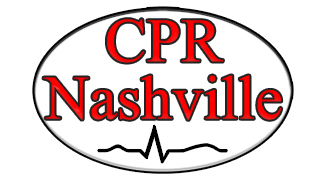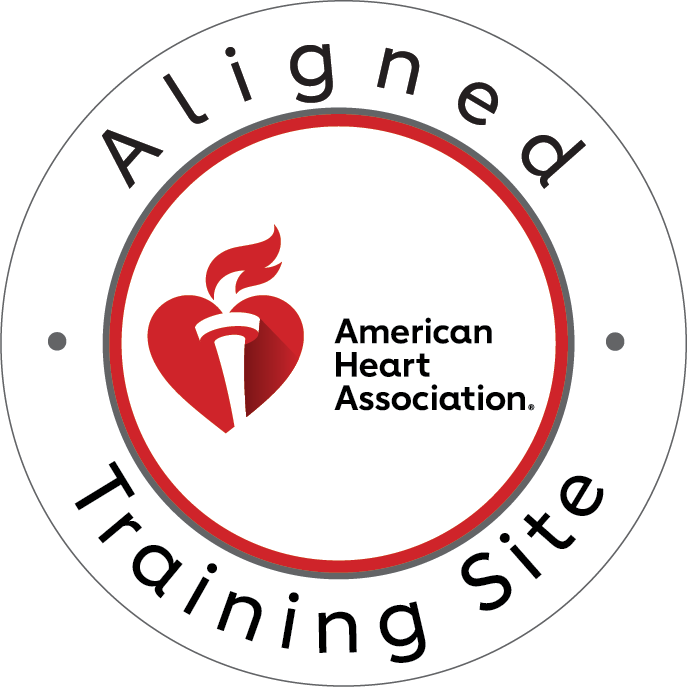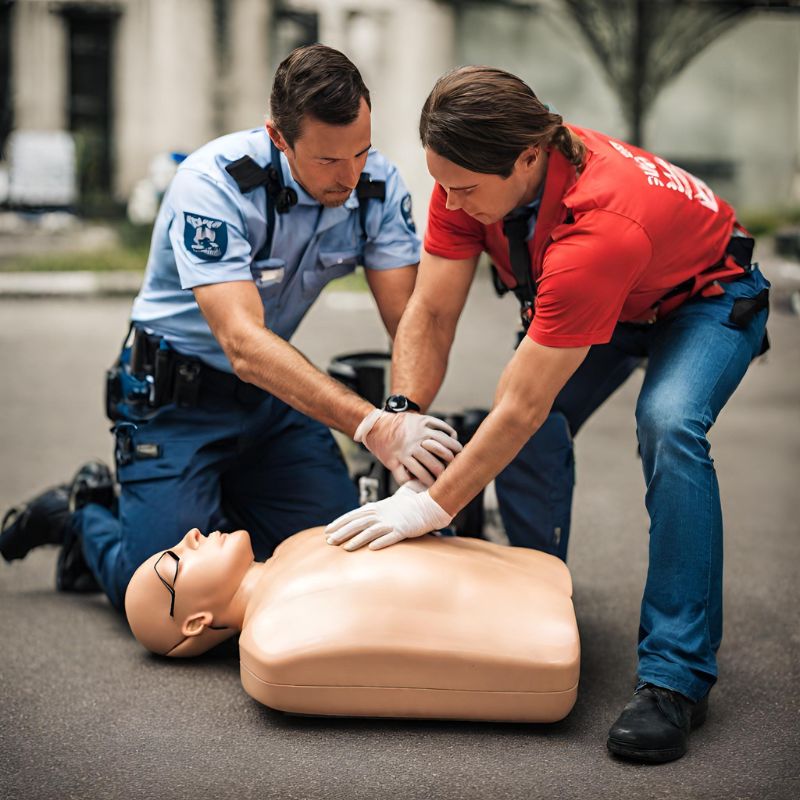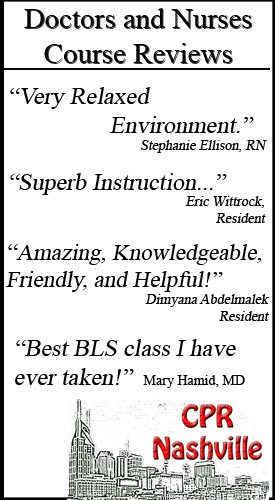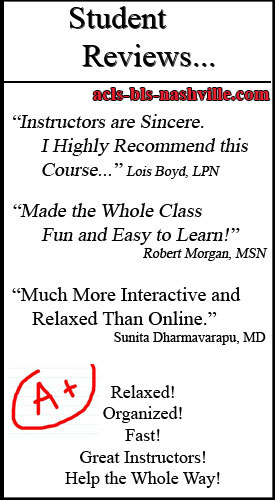When cardiac arrest strikes, every second counts. The difference between life and death often depends on one crucial factor: whether a bystander steps forward to provide immediate CPR. Bystander CPR represents the vital first link in what medical professionals call the “chain of survival,” and understanding its importance can mean the difference between saving a life and losing one.
What is a Bystander in CPR?
A bystander in CPR refers to any person who witnesses a cardiac emergency and is not a professional first responder. These individuals may be family members, friends, coworkers, or strangers who happen to be present when someone collapses. Importantly, bystander CPR doesn’t require extensive medical training or certification to be effective.
The role of a bystander extends beyond simply performing chest compressions. These individuals serve as the immediate response team, responsible for recognizing cardiac arrest, calling emergency services, and initiating life-saving measures. Whether you’re a trained professional or someone with basic CPR knowledge, your proximity to the emergency makes you the most critical person in those first crucial minutes.
Bystander CPR situations can occur anywhere: in homes, offices, shopping centers, parks, or on the street. The common thread is that these are everyday people who find themselves in extraordinary circumstances, with the power to save a life through their actions.
Why is Early Bystander CPR Critical?
The importance of early bystander CPR cannot be overstated. Brain death begins within four to six minutes of cardiac arrest, making immediate intervention essential. Professional emergency responders, despite their expertise and speed, typically require eight to twelve minutes to arrive at the scene. This gap creates a critical window where bystander CPR becomes life-saving.
Statistics reveal the stark reality: without immediate CPR, the chances of survival decrease by 7-10% for every minute that passes. However, when bystander CPR is performed immediately, survival rates can double or even triple. This dramatic improvement occurs because chest compressions maintain blood circulation, delivering oxygen to vital organs, particularly the brain and heart.
Early bystander CPR also significantly improves the effectiveness of advanced life support measures. When emergency medical professionals arrive, they can build upon the foundation created by immediate CPR, rather than attempting to revive someone who has been without circulation for an extended period. This continuity of care creates a seamless chain of survival that maximizes the patient’s chances of not just surviving, but also recovering with minimal long-term complications.
Furthermore, bystander CPR helps maintain the heart’s electrical activity, making defibrillation more effective when advanced equipment becomes available. The combination of immediate CPR and timely defibrillation creates the optimal conditions for successful resuscitation.
Is Bystander CPR Better Than Regular CPR?
The question of whether bystander CPR is “better” than regular CPR reflects a misunderstanding of the terminology. Bystander CPR is regular CPR—the same techniques taught in certification courses—performed by someone who happens to be present during an emergency. The key difference lies not in the technique but in the timing and circumstances.
What makes bystander CPR particularly effective is its immediacy. The American Heart Association emphasizes that hands-only CPR performed by bystanders is remarkably effective, especially in the first few minutes of cardiac arrest. This simplified approach focuses on chest compressions without mouth-to-mouth resuscitation, making it more accessible to untrained individuals while maintaining effectiveness.
Bystander CPR may differ from professional CPR in terms of precision and technique refinement. However, imperfect CPR performed immediately is infinitely better than perfect CPR performed ten minutes later. The goal is to maintain circulation until professional help arrives, and bystander CPR accomplishes this critical objective.
Research consistently shows that communities with higher rates of bystander CPR intervention have significantly better cardiac arrest survival rates. This evidence underscores that technique perfection is less important than immediate action when it comes to saving lives.
What Action Should a Bystander Take in an Emergency?
When witnessing a potential cardiac emergency, bystanders should follow a clear action sequence. First, assess the situation for safety, ensuring the environment is secure for both the victim and the rescuer. Next, check for responsiveness by tapping the person’s shoulders and shouting, “Are you okay?”
If the person is unresponsive and not breathing normally, immediately call 911 or have someone else make the call. Request an automated external defibrillator (AED) if available. Then, begin chest compressions immediately. Place the heel of one hand on the center of the person’s chest, between the nipples, and place your other hand on top, interlacing your fingers.
Perform compressions at a rate of 100-120 per minute, pushing hard and fast at least two inches deep. Allow complete chest recoil between compressions. Continue until emergency medical services arrive or the person begins to respond. If an AED becomes available, follow its voice prompts while continuing CPR as directed.
Throughout the process, stay calm and focused. Remember that your actions are providing the victim with their best chance of survival. Even if you feel uncertain about your technique, taking action is better than waiting for someone else to step forward.
The Chain of Survival: Understanding Your Role
Bystander CPR represents the first link in the chain of survival, followed by early defibrillation, advanced life support, and post-cardiac arrest care. Each link depends on the others, but the first link—your immediate response—determines whether the chain will be strong enough to save a life.
The chain of survival concept emphasizes that survival depends on a series of actions occurring in rapid succession. When bystander CPR is performed immediately, it strengthens every subsequent link in the chain. Emergency responders arrive to find a patient who has maintained circulation, making their advanced interventions more effective.
This interconnected approach highlights why bystander CPR training is so crucial. You’re not just learning individual skills; you’re preparing to initiate a life-saving sequence that extends far beyond your initial intervention. Your actions in those first minutes create the foundation upon which all subsequent medical care is built.
Overcoming Common Barriers to Bystander CPR
Despite its importance, many people hesitate to perform bystander CPR due to fear, lack of training, or concern about causing harm. However, modern CPR guidelines emphasize that the risk of not acting far outweighs any potential risk from imperfect technique. Good Samaritan laws in most states protect bystanders who provide emergency assistance in good faith.
Fear of causing injury is common, but broken ribs heal; brain damage from lack of oxygen does not. The chest compressions needed for effective CPR may cause some discomfort or minor injury, but these are acceptable risks given the alternative. Additionally, hands-only CPR eliminates concerns about mouth-to-mouth contact, making more people willing to act.
Training increases confidence and effectiveness, but a lack of formal certification should never prevent someone from attempting CPR. The American Heart Association’s hands-only CPR campaign has simplified the process, making it accessible to anyone willing to push hard and fast on the chest.
The Impact of Bystander CPR on Communities
Communities with high rates of bystander CPR training and intervention demonstrate significantly better cardiac arrest survival rates. Seattle, for example, has achieved some of the highest survival rates in the world through comprehensive community CPR education and public access defibrillation programs.
These successes illustrate that bystander CPR is not just an individual skill but a community asset. When more people are trained and willing to act, the entire community becomes safer. Schools, workplaces, and community organizations that prioritize CPR training create networks of potential lifesavers.
The ripple effect extends beyond immediate life-saving. Families remain intact, communities retain valuable members, and the economic impact of successful resuscitation far outweighs the cost of training programs. Every person trained in bystander CPR becomes a potential hero in their community.
Technology and Bystander CPR
Modern technology increasingly supports bystander CPR efforts. Smartphone apps can guide untrained individuals through CPR steps, while emergency dispatch systems provide real-time instruction. Some communities have implemented systems that alert trained volunteers to nearby cardiac emergencies, dramatically improving response times.
Automated external defibrillators are becoming more common in public spaces, and their user-friendly design makes them accessible to bystanders. These devices work synergistically with bystander CPR, providing the complete early intervention that maximizes survival chances.
Wearable devices that detect cardiac events and automatically alert emergency services represent the future of bystander CPR support. These technologies will continue to enhance the effectiveness of human intervention while making the process more accessible to everyone.
Take Action: Start Your CPR Journey Today
The knowledge and skills to save a life are within your reach. Don’t wait for an emergency to wish you had learned CPR. Take action today by enrolling in a comprehensive CPR certification course that will prepare you to be the crucial first link in the chain of survival.
CPR Nashville, an American Heart Association training site, offers initial certifications and renewal courses in BLS for Healthcare Providers, ACLS, PALS, and CPR and First Aid. All classes are stress-free and hands-on, providing the practical experience you need to act confidently in an emergency. Whether you need CPR certification in Nashville or BLS certification in Nashville, CPR Nashville delivers the best CPR training in Nashville.
Ready to become someone’s hero? Contact CPR Nashville today and take the first step toward saving lives in your community. Because when cardiac arrest strikes, you want to be prepared to act as the vital first link in the chain of survival.

